Many modern homeowners admire old houses for their charm and character, but these older houses also possess inherent sustainability features that modern homeowners don’t think twice about. Before the advent of central heating and AC, homes used natural methods to regulate temperatures and conserve resources. Today, we can learn valuable lessons from these time-tested designs to create more energy-efficient and environmentally friendly living spaces.
How Were Old Homes ‘Smart?‘
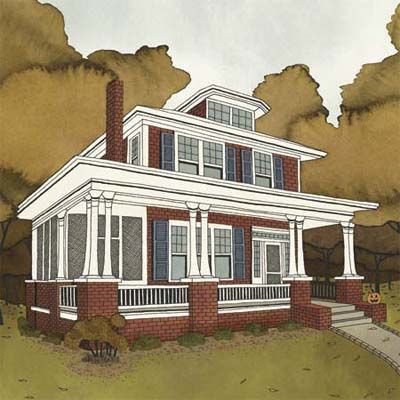
Older homes aren’t necessarily “smart” in the way we think of smart homes today. While you can add smart devices, such as programmable thermostats, to your older house, architects didn’t have that technology in mind when designing the structure. Instead, the homes had thoughtful, efficient designs.
In fact, some of the most resource-conserving houses are the oldest. Prior to HVAC, homes were built with the local climate in mind and used clever architectural features to maintain comfort year-round. Architect Steve Mouzon says, “Otherwise, people would freeze to death in the winter and die of heatstroke in the summer.”
Older homes were built with locally available materials. They were also smaller—they’ve more than doubled in size since the 1950s—requiring fewer materials and less energy.
These approaches saved fuel as the materials didn’t need to be transported, improved a home’s energy efficiency by utilizing materials well-suited to the local climate, and resulted in a more sustainable structure.
Marianne Cusato, an architectural designer and coauthor of Get Your House Right, emphasizes the longevity of old houses: “We used materials that were meant to last forever so that the homes would last forever, too.”
Defining Details of Old Houses
Older homes had several defining details that improved their energy efficiency, sustainability, and comfort. Most of these are still in use today, but some have adjusted along with current styles and tastes.
Eaves
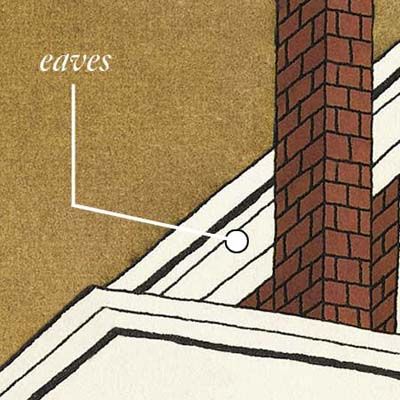
Eaves primarily direct water away from the house, channeling it into gutters and preventing water damage to the foundation. However, eaves also provide shade. In warmer climates, deep overhangs cast shadows on the house when the sun is high, reducing heat gain. Conversely, in colder climates, shallower eaves allow more sunlight to warm the exterior during winter months.
Porch

Porches are more than just charming architectural features—they serve as transitional spaces between indoors and outdoors. Similar to eaves, exterior porches and verandas shelter windows from direct sunlight while inviting cool breezes. During hot weather, porches offer a respite from stuffy interiors, providing a comfortable space for relaxation and socialization.
Chimney
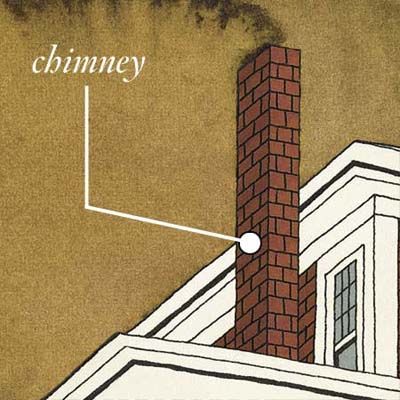
Chimneys were placed and designed with the regional climate in mind. In milder areas, brick or stone chimneys typically line exterior walls. In colder regions, they’re often centrally located to radiate heat from the home’s core.
Simple additions can affect older fireplaces’ efficiency. For example, adding a terra-cotta chimney pot improves the draft. This means you use less wood for the same amount of heat and prevent smoke from entering rooms.
Dormer
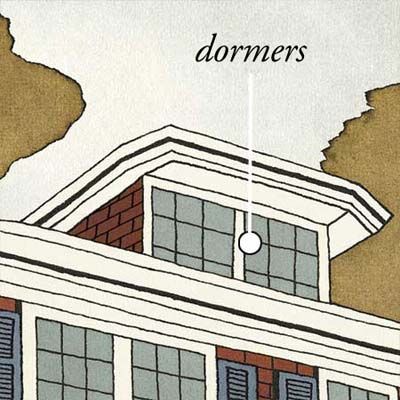
Windowed dormers, belvederes, and cupolas function as “thermal chimneys,” drawing warm air up and out of the house. This natural ventilation system helps regulate indoor temperatures without relying on mechanical cooling. To maximize this effect, open rooftop windows when temperatures rise, allowing hot air to escape and cooler air to circulate throughout the house.
Dormers also increase usable attic space and add a distinctive architectural element to the home’s exterior.
Roof
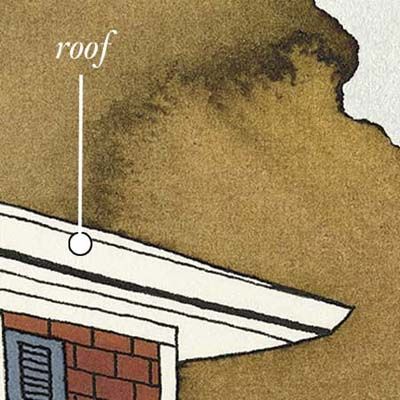
Roof design in older houses varied by region to address specific climate challenges. For example, hipped roofs often extend over a home’s exterior sides, forming deep eaves for shade, while steeply pitched gable roofs easily shed snow and rain.
Roofing materials also differed based on local conditions. In the Northeast, locally quarried slate provided long-lasting protection and absorbed the sun’s rays to radiate warmth inside. Older Southern homes often featured standing-seam steel roofs that deflect heat, keeping interiors cool. In colder regions across the country, rot- and insect-resistant wood shingles offered insulation and weather protection for decades.
Windows
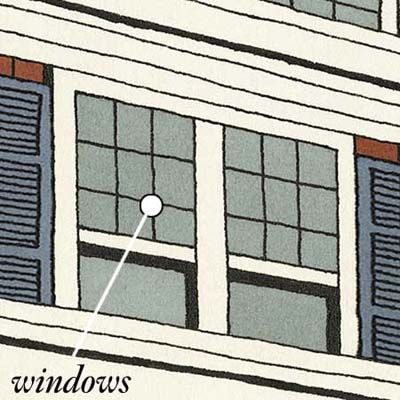
Tall double-hung windows are a hallmark of many old houses, designed to maximize natural light and ventilation. These windows allow for precise airflow control. When it’s cooler outside than inside, opening the top sash vents warm air out of the house, while opening the bottom sash brings in fresh breezes. This simple and effective design can significantly reduce the need for artificial heating and cooling.
Larger windows also contribute to a bright and welcoming interior, often making rooms feel more spacious and airy while reducing the need for additional lighting inside the home during the day.
Transoms
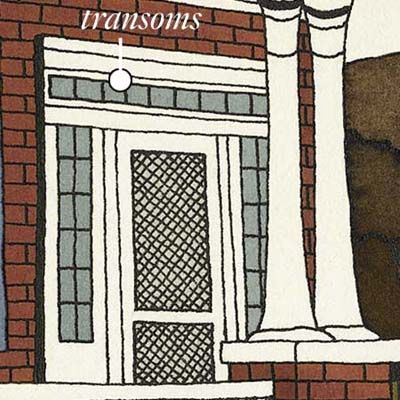
Exterior transom windows above doors and sidelights bring natural light into a home, decreasing reliance on electric lighting.
Homeowners can open interior transoms to allow air to flow freely between rooms without sacrificing privacy. This feature is particularly useful in creating cross-ventilation throughout the house, even when doors are closed.
Shutters

Shutters in old houses were decorative but also had important climate control functions. Solid paneled shutters provide shade and insulation, ideal for blocking intense sunlight or retaining heat during cold nights. Louvered shutters offered a balance, blocking direct sunlight while still allowing breezes to pass through.
Modern homeowners can benefit from reinstating functional shutters, using them to regulate indoor temperatures and reduce energy costs.
Siding
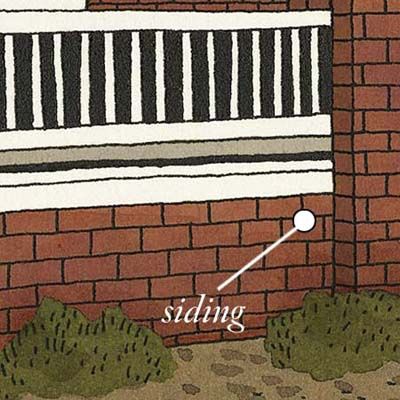
Local resources and climate needs often dictated the choice of siding in old houses.
Brick, common in the Midwest and East, could be fired locally and offered natural fire resistance, making it helpful in urban areas where houses share exterior walls. On the West Coast and in New England, overlapping clapboards and shingles cut from local woods, such as redwood or white cedar, provided excellent protection against rain and wind. In the Southwest, natural stucco-coated adobe houses.
Site
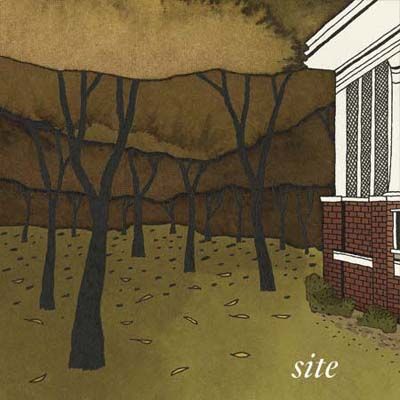
The house’s location played a major design role. Placement and positioning were carefully considered by architects, as homeowners wanted the homes to harness passive solar heat and light, long before the term was coined.
For instance, south-facing houses maximize sun exposure, reducing energy demands for heating and lighting. Houses nestled at the bottom of a ridge or behind a screen of trees benefit from natural wind protection.
Regional House Styles
The region often affects a home’s style, features, and building materials. Here’s a look at some common regional house styles from the past, from the Northeast to the Southwest.
Northeast Dutch Colonial Revival
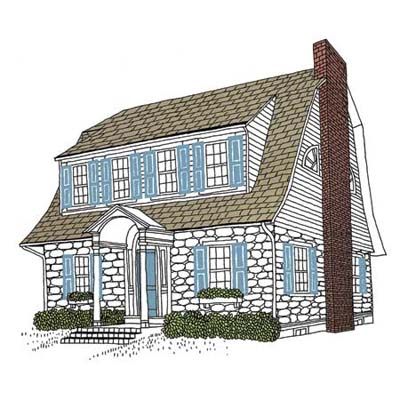
The Dutch Colonial Revival style, popular in the early 20th century, draws inspiration from 17th-century European settler homes in Connecticut, Delaware, New York, and New Jersey. It combines practicality with historical charm.
This style’s distinctive gambrel roof, typically associated with barns, maximizes second-story living space while allowing for efficient water and snow runoff. Dormers added character and flooded the interior with natural light. The flared eaves often extend over the front of the house, creating a porch that provides shade and protection from the elements. Thick exterior walls, made of either mortared fieldstone or timber framing with wood clapboard siding, offer excellent insulation against harsh Northeast winters.
However, while the modern design in the early 20th century drew from the original Dutch Colonial style, building materials, details, and size often varied.
Southeast Raised Plantation Cottage
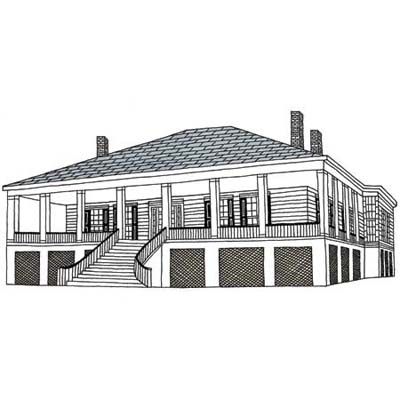
Designed to combat the deep South’s heat and humidity, raised plantation cottages, also known as Creole cottages, were popular in the late 18th century and early 19th century. Some historians believe the design was based on French and Spanish colonial styles, but there’s no definitive answer. However, it remains a testament to the ingenuity and adaptability of the region’s early settlers.
These homes stand on pier foundations, a practical solution for flood-prone areas. The hipped roof extends far beyond the exterior walls, creating a wraparound porch accessible from most rooms via French doors. This design allows for maximum air circulation and provides shade for the home’s interior. Full-height shutters can be closed during storms, offering protection from high winds.
Typically sided with rot-resistant cypress clapboard or stucco over brick, raised plantation cottages are often painted white to reflect heat, demonstrating a deep understanding of climate-responsive architecture.
West Coast Row House
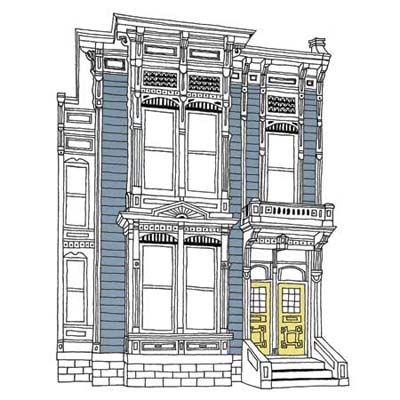
San Francisco’s Victorian- and Edwardian-era row houses, also known as townhouses, exemplify efficient urban living. Row homes have been in use since the early 17th century, but they’re particularly efficient in San Francisco, a city built on hills.
These narrow, vertical homes maximize living space while minimizing land use, with shared side walls reducing building material needs and energy loss. They were constructed primarily of locally sourced redwood, which is rot- and insect-resistant.
Instead of shady porches, the row houses feature projecting bay windows that capture sunlight and brighten interiors. Their high ceilings and double-hung windows promote natural air circulation, while flat roofs are practical in this snow-free zone.
These row houses in San Francisco are often called “painted ladies,” thanks to their bright colors that call attention to architectural details.
Midwest Bungalow
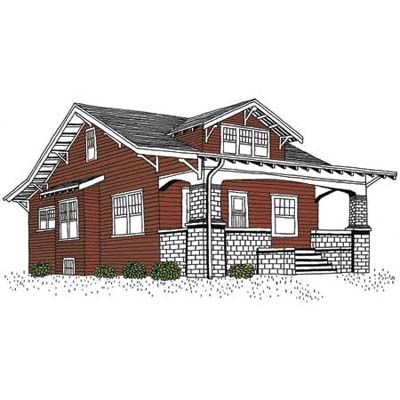
Bungalows, popularized in the early 20th century, blend influences from small Indian Bangla houses with American Craftsman and Prairie styles and date back to the mid-19th century. They tend to be single-story but may have a smaller second floor. Bungalows are found all over the world, but they were particularly popular across the Midwest. There are several varieties, too, including the Chicago Bungalow, Milwaukee bungalow, and Detroit bungalow.
These homes generally feature overhanging eaves for shade and weather protection, low ceilings to trap heat in harsh winters, and exterior porches to catch summer breezes. Dormers add living space to what might otherwise be unused attics.
Often arranged around common courtyards, bungalows preserve green spaces in urban and suburban settings. Their use of native wood species for siding and local materials for porch piers reflects a commitment to regional resources.
Southwest Adobe
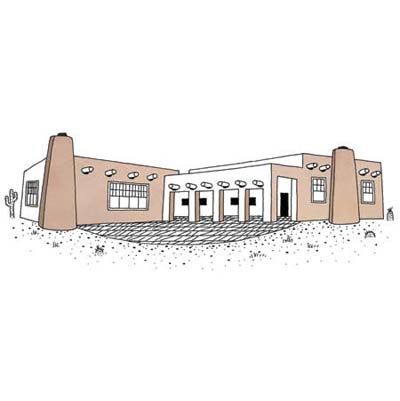
Adobe construction, first used by Native Americans and later adopted by Spanish colonists, is perfectly suited to the arid Southwest. The adobe architectural styles are often called Pueblo Revival, Sante Fe, or Territorial Revival. They were particularly popular in the early 20th century, but adobe construction was first used more than 7,000 years ago.
Adobe homes use sun-baked bricks made from a mixture of soil, water, and straw. The resulting structures feature thick walls, flat roofs (in areas with minimal precipitation), and few windows to keep interiors cool. Vigas, or wooden beams, extend through exterior walls to support ceilings. Corner fireplaces provide warmth on cool nights, while central courtyards offer shaded outdoor living spaces during hot days.
